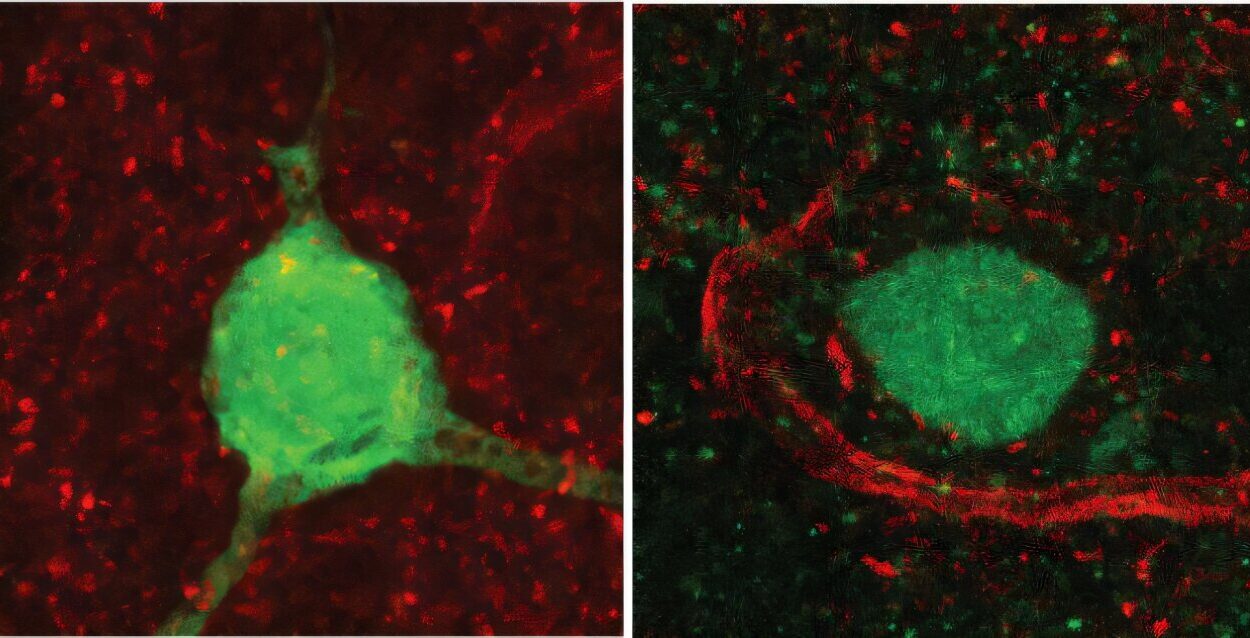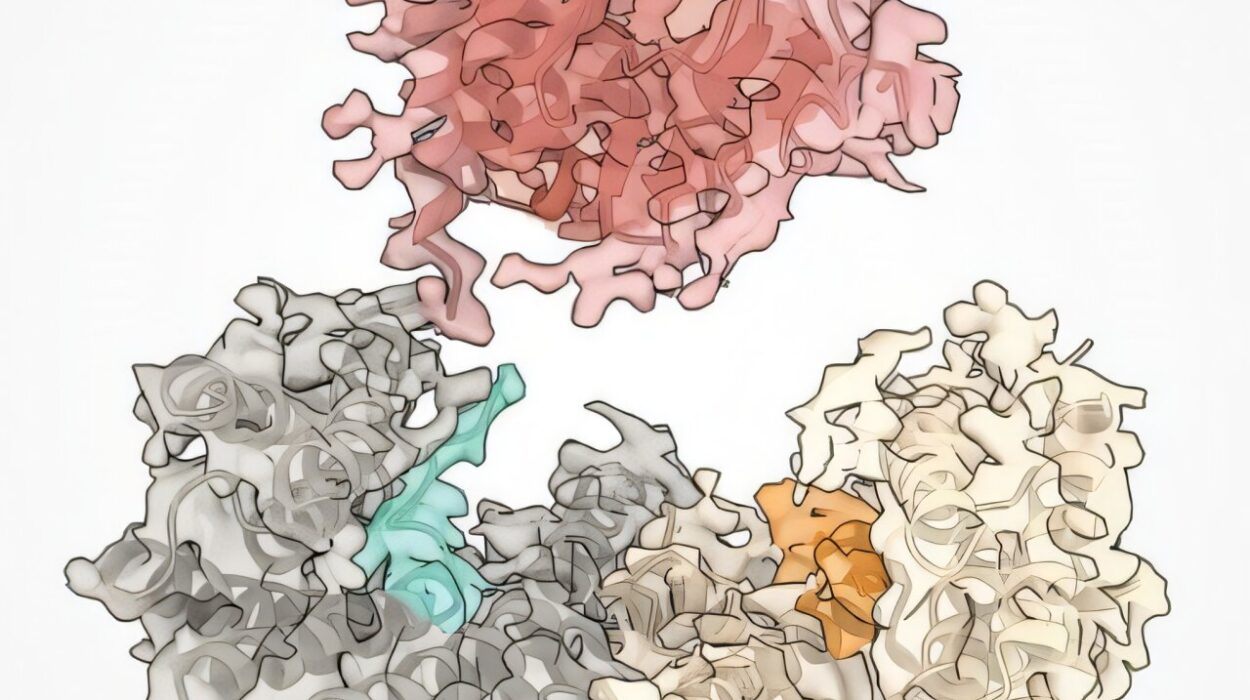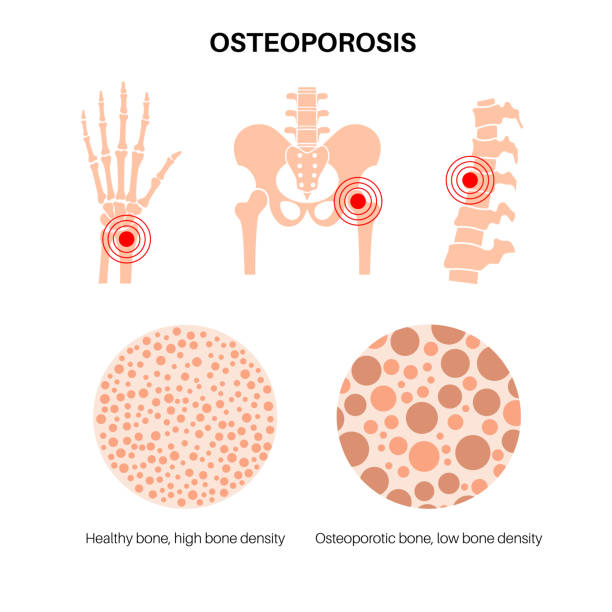Women’s health is a story written across time. From the rush of hormones in adolescence to the nuanced shifts of menopause, a woman’s body is always evolving. Each phase of life brings its own set of health challenges, triumphs, and milestones that intertwine physical well-being with emotional resilience. To understand women’s health is to honor the complexity and beauty of this lifelong transformation. It isn’t simply about addressing illness—it’s about empowering women with knowledge, confidence, and care as they journey through each stage of life.
This guide is your invitation to walk through the decades with intention and insight, spotlighting the changes, needs, and medical focus that mark each era in a woman’s life.
Adolescence and Early Teens: The Spark of Womanhood
The teenage years are a whirlwind of change. Somewhere between ages 10 and 19, a girl’s body undergoes the transformation from childhood into adolescence. Hormones—particularly estrogen and progesterone—begin to surge, triggering the onset of puberty. Breast development, the appearance of pubic and underarm hair, and the arrival of menstruation mark this crucial period of physical development. The average age for a first period (menarche) is around 12 or 13, but it can occur as early as 9 or as late as 16.
For many young girls, this phase is accompanied by emotional highs and lows. Mood swings, self-consciousness, and body image concerns often emerge, underscoring the need for supportive conversations about health, sexuality, and self-esteem. This is also the time to introduce healthy habits: regular physical activity, a balanced diet, and sleep hygiene lay the foundation for lifelong wellness.
Teenage health isn’t just about reproductive education—it’s also about cultivating autonomy. Discussions around mental health, consent, safe sex, and body autonomy are crucial. Unfortunately, misinformation and shame still cloud many conversations, so it’s essential that girls receive accurate, non-judgmental guidance. Menstrual irregularities, acne, polycystic ovary syndrome (PCOS), and disordered eating are common health concerns during these years, and early intervention can be life-changing.
Twenties: Laying the Foundation for Lifelong Wellness
The twenties are often considered a woman’s healthiest decade. Energy levels are high, skin glows with youthful resilience, and metabolism is typically at its peak. However, this decade isn’t just about maintaining physical beauty—it’s a time of crucial health decisions.
Reproductive health comes into sharper focus in these years. Many women begin using birth control, either for contraception or to manage hormonal imbalances. This is also a prime time to establish a relationship with a gynecologist. Annual pelvic exams, Pap smears, and discussions about STI screening become part of routine care.
Mental health, often overlooked in discussions about women’s health, can be particularly vulnerable during the twenties. Anxiety and depression often surface or become more pronounced, particularly with the pressures of college, careers, relationships, and social expectations. Learning stress management tools—like therapy, meditation, journaling, or movement—can serve as a powerful lifelong resource.
Diet and exercise are key pillars. Developing strength through weight-bearing exercise helps build bone density that will be crucial in later years. Nutrient-rich foods—particularly those high in iron, calcium, folate, and omega-3 fatty acids—support energy levels, hormonal balance, and reproductive health. Sleep often takes a backseat, but its role in regulating mood, metabolism, and immune function should not be underestimated.
Thirties: Balancing Career, Family, and Self-Care
By the time women reach their thirties, life often becomes a juggling act. Careers are advancing, relationships may be deepening, and many women begin to consider pregnancy or are already raising young children. With so many responsibilities, personal health can quietly slip down the priority list—but this is when it should be front and center.
Fertility begins to gradually decline in the early thirties and more significantly after age 35. While many women still conceive naturally during this time, some begin to explore assisted reproductive technologies or fertility preservation options such as egg freezing. Understanding one’s ovulatory cycle, thyroid function, and hormone levels can provide valuable insights for those planning to conceive.
Pregnancy, if it occurs, places tremendous demands on the body. Regular prenatal care, proper nutrition, and physical activity are essential for both maternal and fetal health. Conditions like gestational diabetes, hypertension, and postpartum depression deserve attention and proactive management. And after birth, support for mental, emotional, and physical recovery is just as important as prenatal preparation.
Outside of childbearing, many women face the first signs of chronic stress. Burnout, especially among working mothers or those navigating caregiving roles, becomes a real concern. Sleep disturbances, hormonal imbalances, digestive issues, and weight fluctuations are often signs that the body needs care. Prioritizing boundaries, seeking mental health support, and carving out time for physical activity are not luxuries—they’re necessities.
Forties: A Time of Transition and Wisdom
The forties mark a significant shift. While some women still feel vibrant and youthful, others begin to notice subtle (or not-so-subtle) changes in their bodies. This is the decade where perimenopause begins for many—a transitional phase leading up to menopause, characterized by fluctuating estrogen and progesterone levels.
Irregular periods, hot flashes, mood swings, fatigue, and changes in libido are hallmark signs of perimenopause. Sleep quality often declines, and many women report increased anxiety or depressive symptoms. These changes can be confusing, especially since they can resemble other health conditions. Open conversations with healthcare providers about hormone therapy, lifestyle interventions, and symptom tracking can make this transition smoother.
Metabolism naturally begins to slow, and maintaining muscle mass and bone density becomes more challenging. Resistance training and weight-bearing exercise play a crucial role in preserving physical function and reducing the risk of osteoporosis. Dietary needs also shift—calcium, vitamin D, protein, and fiber are more important than ever.
Cardiovascular health deserves more attention in this decade. Heart disease remains the leading cause of death for women, and risk factors such as high blood pressure, elevated cholesterol, and insulin resistance often emerge in the forties. Regular screenings, a heart-healthy diet, and stress reduction are powerful tools for prevention.
This phase of life also brings a unique psychological awakening. Many women reevaluate their priorities, redefine their sense of purpose, and shift from nurturing others to investing in themselves. It’s a decade of rediscovery, empowerment, and resilience.
Fifties: Embracing Menopause and New Strength
For most women, menopause—the end of menstruation—occurs between ages 45 and 55, with the average age around 51. This is a natural milestone, marking the conclusion of reproductive years. The experience of menopause is deeply individual: for some, it’s liberating and peaceful; for others, it’s challenging and disruptive.
The hormonal decline that accompanies menopause can lead to a range of symptoms: hot flashes, night sweats, vaginal dryness, urinary changes, sleep disturbances, and cognitive shifts like memory lapses or difficulty concentrating. But it’s not just about symptoms—this hormonal landscape has deeper implications for heart, bone, and brain health.
Estrogen, once abundant, has been shown to offer protective effects on the cardiovascular system and bones. Without it, women are more vulnerable to heart disease, osteoporosis, and metabolic syndrome. That’s why regular bone density scans, lipid panels, and blood sugar tests are critical in the fifties.
Hormone replacement therapy (HRT) is a treatment option that’s gained new interest, with updated research highlighting its safety for many women, especially when started around the time of menopause. But it’s not the only option—many women find relief through lifestyle changes, herbal supplements, acupuncture, and cognitive behavioral therapy.
This decade is also about self-ownership. With children grown or careers stabilized, many women experience a renewed sense of freedom. There’s more time to pursue hobbies, friendships, and personal growth. Health in the fifties becomes about vitality, quality of life, and preventing decline—not just treating disease.
Sixties: Vibrance, Wisdom, and Preventive Health
By the sixties, many women have a deep understanding of their bodies and needs. This is the decade of wisdom and vibrance—where health becomes less about appearance and more about sustaining energy, mobility, and purpose.
Chronic disease management becomes more relevant. Conditions such as type 2 diabetes, high blood pressure, arthritis, and osteoporosis are common, but they don’t have to define life. With consistent medical care, movement practices, and supportive nutrition, many women thrive well into this decade and beyond.
Movement is medicine. Even gentle physical activity—like walking, swimming, yoga, or tai chi—improves mood, balance, cardiovascular fitness, and flexibility. Strength training continues to be a key player in preserving muscle mass and metabolic function.
Cognitive health is another essential focus. Activities that stimulate the brain—like reading, learning new skills, socializing, or even playing music—help maintain mental agility. Sleep, often disrupted by age-related changes, remains critical for memory consolidation and immune function.
Emotionally, the sixties are often marked by reflection and legacy. Grandparenthood, retirement, travel, or creative projects offer a new sense of purpose. For some, grief or loss becomes a theme—whether through the death of loved ones or shifts in identity—but resilience shines through when community, spirituality, and connection are nurtured.
Seventies and Beyond: Longevity with Dignity and Joy
Women in their seventies and beyond often challenge stereotypes. This isn’t a time of fading—it’s a time of embracing life with clarity and grace. While physical changes are inevitable, they do not preclude joy, intimacy, or meaning.
Medical care becomes more personalized. Preventive screenings continue—mammograms, colonoscopies, bone density tests—but with a shift toward functional health: How well is the body moving? How sharp is the mind? How connected is the spirit?
Mobility and fall prevention become key. Exercises focused on balance and coordination help reduce injury risk and maintain independence. Home environments may be modified for safety, and social support becomes more important than ever.
Nutrition remains vital. Appetite and nutrient absorption may change, so smaller, nutrient-dense meals rich in protein, antioxidants, and healthy fats support immune function and muscle integrity. Hydration is often overlooked but remains crucial.
Sexual health remains part of the conversation. Though hormonal changes may affect libido or comfort, many women remain sexually active and engaged. Open discussions with partners and healthcare providers can support intimacy well into later life.
The emotional landscape in older age is rich. Connection to community, family, and nature enhances mental well-being. Purpose might come from mentorship, volunteering, or artistic expression. This stage of life offers a deep well of experience, and health becomes a vessel through which wisdom continues to flow.
Holistic Health: The Interwoven Threads of Mind, Body, and Spirit
True women’s health can’t be siloed into reproductive care, physical exams, or fitness goals alone. It’s holistic—it touches mental clarity, emotional resilience, spiritual purpose, and social connection. Each age builds upon the last, creating a tapestry of well-being.
Mental health is a through-line at every stage. From the mood swings of adolescence to the quiet struggles with isolation in older age, emotional care must be honored. Therapy, support groups, mindfulness practices, and medication can all be transformative tools.
Nutrition is also a lifelong partner. While the body’s needs evolve—from more iron in youth to more calcium in age—the principles remain the same: eat whole, vibrant foods, stay hydrated, and nourish with intention.
Sexual health is not a phase but a continuum. It shifts with hormones, relationships, and self-perception, but remains integral to identity. Empowered discussions about consent, pleasure, contraception, and wellness are relevant at every age.
Movement, rest, and joy are equally foundational. Whether it’s dancing, gardening, running marathons, or simply walking a dog—movement gives the body a voice. Rest—deep, nourishing rest—is where healing and integration happen. And joy, in all its forms, is essential for a life fully lived.
Conclusion: Empowering Health, Honoring the Journey
Women’s health is a story that spans decades—a living, breathing narrative that grows richer with time. It is not defined solely by medical charts or diagnostic labels, but by choices, relationships, resilience, and care. Every age brings new challenges, yes—but also new possibilities for healing, connection, and strength.
Whether you are just entering puberty, navigating the tides of menopause, or savoring the richness of older age, your health is worth celebrating. Your body is not just a vessel—it’s a partner. And your journey, in all its complexity, is uniquely beautiful.
So embrace your evolution. Ask questions. Seek support. Prioritize joy. And know that at every stage, your health matters deeply—not just to you, but to the world.






